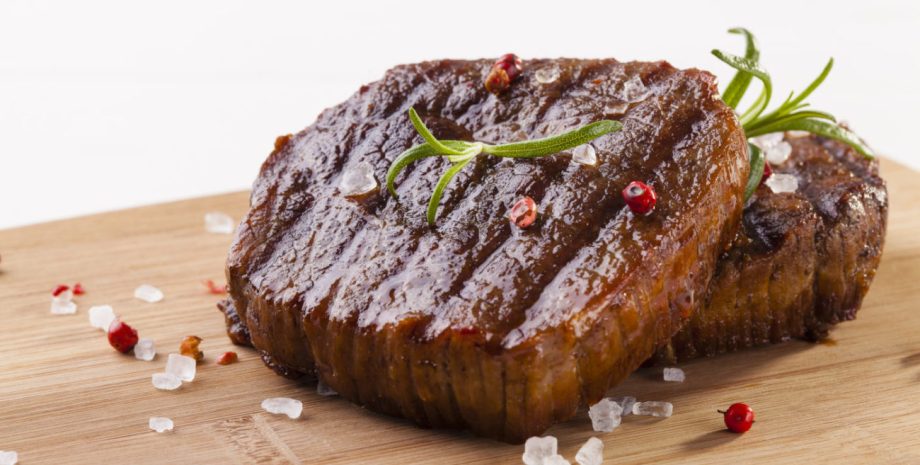

Why Women May Need More
Since iron travels through your body in the blood, women may lose iron during menstruation. Women who are pregnant need to take in more iron, due to increased blood volume as well as the demands of the baby, the placenta, and blood that may be lost during delivery. Dieting and avoiding red meat may also decrease the body’s iron.
The Meat Option
Red meat and liver are easy ways to get more iron in your diet: roughly 1 mg per ounce of red meat, and more than 2 mg per ounce of liver. All iron from meat is the type nutritionists call “heme iron” (from hemoglobin, the iron-carrying blood protein), which is easier for the body to absorb. Other meats, such as chicken, turkey, or fish also contain heme iron. They just offer less per ounce.
Vegetarians Rejoice
If meat isn’t an option, there are still plenty of sources of dietary iron. If you’re an adventurous eater, you may even find more variety on the vegetarian side of the iron equation.
Just one thing to mention: These “non-heme” sources of iron are more difficult for your body to absorb, so you may need more of them. You can help out a bit by pairing them with vitamin C-rich foods, which have been shown to aid in iron absorption. Conversely, too much calcium may keep you from absorbing iron, but the effect is most pronounced when the amount of calcium is large. Consult a registered dietician or other health expert to find out how it may affect you.
The cleverest and most delicious recipes for dietary iron take all these factors into account. Or work one or more of the iron-rich sources below into one of your own favorites:
Beans
When it comes to beans, kidneys are tops for iron with 5.2 mg per cup of boiled beans. That is, unless you count lentils, which have 6.6 mg.
Tofu
A half cup of tofu prepared with calcium sulfate offers more than a third of your daily recommended iron, at around 7 mg. It’s worth noting that iron amounts for silken and other tofu varieties prepared without calcium sulfate are a lot lower.
Seeds
Seeds are a versatile and often overlooked source of iron, particularly sesame seeds, which provide 20.95 mg per cup! Pumpkin and squash seeds are also good iron sources.
Potatoes
A baked white potato contains 1.1 mg of iron per 100 grams (on the small side for a baked potato). Sweet potatoes have less, at 0.7 mg per 100 grams.
Dried Apricots and Prunes
Why dried? Because dried fruits contain much less water, their iron and other nutritional content is concentrated. Dried apricots (at 10 mg per half-cup) and prunes (at 4.5 mg per half-cup) are significant fruit sources of iron.
Blackstrap Molasses
Blackstrap molasses is the darkest, thickest variety of molasses and a richly concentrated source of iron, with 3.5 mg per tablespoon. Don’t let the rabbit on the bottle fool you. Molasses is a by-product of the sugar refining process, which makes most varieties totally vegan.
Dark Leafy Greens
Cooked greens have more iron than other varieties: As with dried fruits, it’s the removal of water that concentrates the nutrients. Spinach has the most iron, with 6.4 mg per cooked cup, and Swiss chard is the runner up: 4 mg per cooked cup.
So when it comes to getting more iron, take your pick! There are several iron-rich foods to keep you going strong.